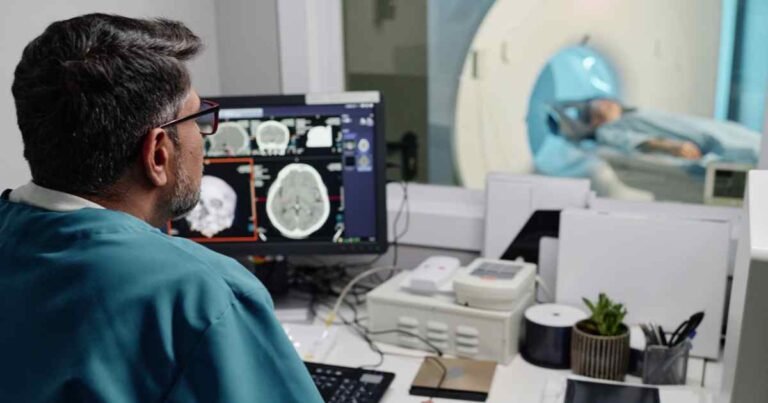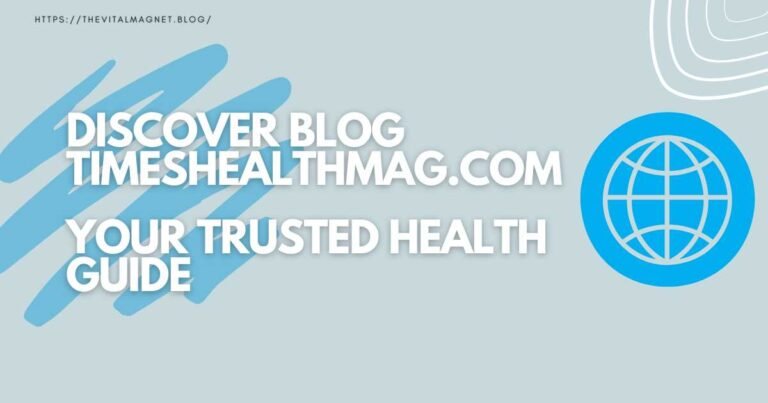Vendor Neutral Archive: Transforming Medical Data

1. Introduction – The Invisible Backbone of Healthcare Data
In every modern hospital, medical images flow like an underground river.
X-rays, MRIs, ultrasounds — each scan is a drop in a vast ocean of data.
But here’s the problem: hospitals often store these images in vendor-specific systems that don’t talk to each other.
It’s like having a library where every book is written in a different language — and no translator exists.
Enter the Vendor Neutral Archive (VNA) — the silent translator, the universal key, the invisible backbone that ensures healthcare data is stored, shared, and used without barriers.
2. What is a Vendor Neutral Archive (VNA)?
A Vendor Neutral Archive is a medical imaging storage system that saves data in a standard, open format, allowing it to be accessed by different systems and software — regardless of the manufacturer.
Think of it as a universal USB drive for hospitals:
No matter what brand or device creates the data, the VNA stores it in a way that everyone can read.
In technical terms, a VNA separates data storage from the application layer.
This means healthcare providers aren’t “locked in” to one vendor’s ecosystem — a problem that has cost hospitals millions over the years.
3. The Origins and Evolution of VNA Technology
Before VNAs, hospitals used PACS (Picture Archiving and Communication Systems) to store medical images.
While PACS worked well for a single department, they struggled with interoperability — the ability to share data across different systems.
Timeline of VNA Development:
| Year | Milestone | Impact |
|---|---|---|
| 1980s | PACS adoption | Digital imaging replaces film |
| 1990s | DICOM standard introduced | Allowed image exchange between devices |
| 2000s | VNA concept emerges | Data stored in vendor-neutral formats |
| 2010s | Cloud-based VNAs | Remote access and scalability |
| 2020s | AI-ready VNAs | Supports machine learning integration |
Today, VNAs are not just storage systems — they’re data hubs capable of feeding AI algorithms, enabling telemedicine, and supporting global health research.
4. How VNA Works: A Simplified Breakdown
At its core, a VNA works in three stages:
- Ingestion – Medical images and data from different devices are captured.
- Normalization – Data is converted into a standardized format (often DICOM + metadata).
- Access & Retrieval – Authorized systems and users can view, share, and analyze the data.
A good metaphor:
If PACS is like keeping all your clothes in one locked wardrobe, VNA is like organizing them in a shared walk-in closet — anyone with permission can find what they need instantly.
5. Real-World Applications of VNA Across Sectors
5.1 In Hospitals and Clinics
VNAs allow radiology, cardiology, oncology, and other departments to access the same patient data without delays.
This reduces repeated scans and improves diagnosis speed.
5.2 In Telemedicine
Specialists thousands of miles apart can review the same image in real time, enabling second opinions and faster treatment decisions.
5.3 In AI and Machine Learning
AI algorithms need large, consistent datasets to detect patterns.
VNAs provide clean, standardized data — perfect for training AI to spot early signs of disease.
5.4 In Research and Education
Medical schools and research centers use VNA data to teach future doctors and develop new diagnostic methods.
6. Vendor Neutral Archive vs. Traditional PACS
6.1 Technical Differences
| Feature | VNA | PACS |
|---|---|---|
| Data Format | Open, standardized | Vendor-specific |
| Interoperability | Works across vendors | Limited |
| AI Readiness | High | Low |
| Longevity | Future-proof | Risk of obsolescence |
6.2 Cost and Maintenance
While VNAs may have higher initial setup costs, they reduce long-term expenses by preventing costly migrations when changing vendors.
6.3 Scalability and Interoperability
VNAs can scale with growing data volumes and connect easily with EHR (Electronic Health Records) systems — a challenge for older PACS setups.
7. Future Implications: Ethics, Risks, and Opportunities
Opportunities:
- Global Health Sharing – Cross-country medical collaborations.
- Predictive Diagnostics – AI spotting diseases before symptoms.
- Patient Empowerment – Individuals accessing their complete health history.
Risks:
- Data Privacy – Need for strong encryption and access control.
- Cybersecurity Threats – Medical data is a high-value hacking target.
- AI Bias – Incomplete or biased datasets can produce unfair results.
Ethics:
The future of VNAs must balance innovation with patient rights, ensuring equitable access and secure data sharing.
8. Best Practices for Implementing a VNA
- Assess Needs First – Understand data volume, integration points, and compliance rules.
- Choose Standards-Based Solutions – DICOM, HL7, and IHE profiles for compatibility.
- Prioritize Security – Use encryption, user authentication, and audit trails.
- Plan for Growth – Pick scalable, cloud-compatible systems.
- Train Staff – Adoption fails without proper user education.
9. Conclusion – Why VNA is the Compass of Digital Healthcare
In the fast-changing landscape of healthcare, data is the compass — and the Vendor Neutral Archive is its north star.
By breaking down vendor walls, VNAs unlock the true potential of medical imaging.
They turn isolated data into connected insights, paving the way for AI-powered diagnostics, faster treatments, and global health collaboration.
10. FAQ – Vendor Neutral Archive in Simple Terms
1. What does “vendor neutral” mean?
It means the system works with any brand or manufacturer’s data format.
2. Is a VNA only for big hospitals?
No — clinics and telemedicine platforms can use it too.
3. Does VNA replace PACS?
Not always — it can work alongside PACS as a long-term archive.
4. Can VNA store non-image data?
Yes — it can handle documents, videos, and other medical files.
5. Is VNA cloud-based?
It can be — many modern VNAs offer on-premise, cloud, or hybrid options.






